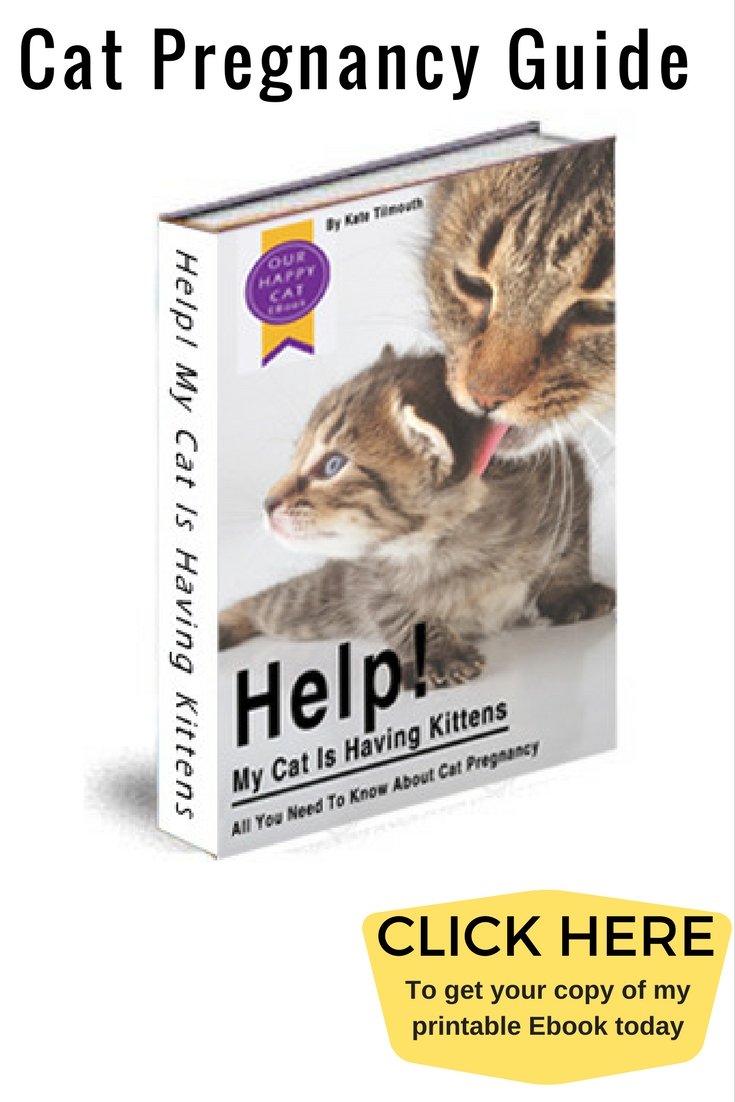Reasons for Spay and Neuter of Cats
by Mary Fariss
Neuter Your Male Cats
This is the most proactive step. Neutering is a simple surgery with a very quick recovery period. Besides preventing unwanted pregnancies, neutering a male will help mitigate certain problem behavior found in whole males, and it will help prevent certain medical conditions, too.
· Neutered cats are less likely to spray strong urine
· Neutered cats will lose the urge to fight
· Neutered cats will be less likely to try to escape
· Neutered cats will not suffer the abscesses from fighting
· Neutered cats will be less likely to contract diseases such as FeLV and FIV
· Neutered cats will not be subject to testicular cancer
· Neutered cats will not likely develop "stud tail," caused by overactive glands in the tail
· Neutered cats have a decreased risk of mammary cancer
· Neutered cats are less allergenic
Basically, you have every reason to neuter your male cat. He will be a much more pleasant companion, and will ultimately be happier and healthier.
Spay Your Female Cats
Anyone who has lived through the misery of having a female cat in almost constant heat cycles will attest that it is not a pleasant experience. Their loud calling, often accompanied by spraying urine (to attract a mate) are evidence that they are, if not actually physically in pain, at least uncomfortable and unhappy.
Aside from the very real feline overpopulation problem, there are some valid health reasons for spaying female cats.
· Decreased Risk of Mammary Cancer
Ideally, to give a female cat protection against mammary cancer, she should be spayed prior to her first heat. Each subsequent heat brings a greater chance of mammary cancer at a later time.
· Eliminates Risk of Ovarian or Uterine Cancer
Spaying a cat involves the removal of the uterus and ovaries. No organs: no cancer; simple as that.
· Eliminates Chances of Pyometritis
Pyometra is a virulent bacteria that attacks the uterus of cats, usually a week or so after estrus, and is a potentially fatal infection.
The old adage that "if you are not part of the solution, you are part of the problem" is particularly applicable to unwanted pregnancy in cats.








